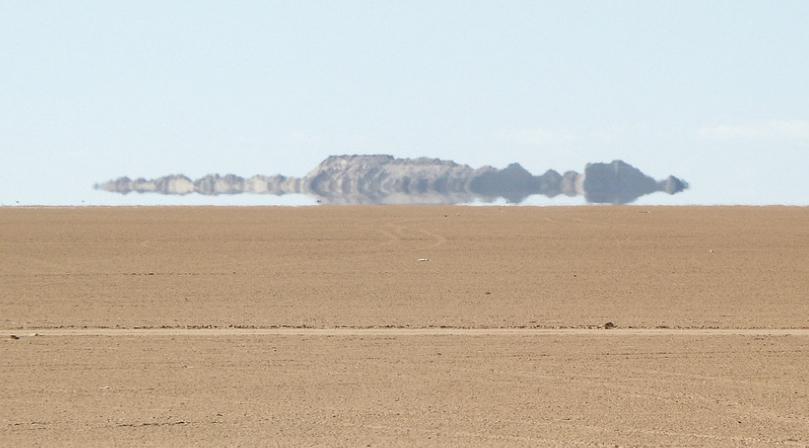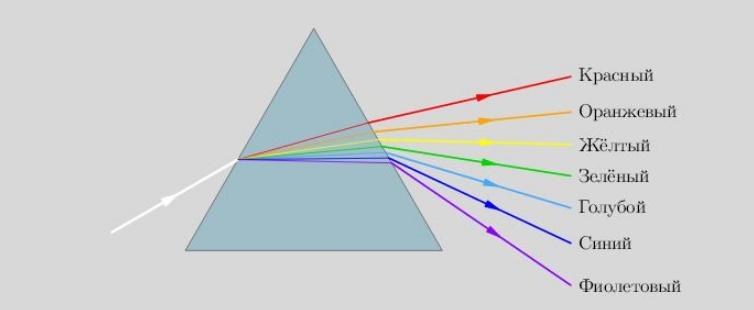The formula for the law of refraction of light - general and special cases
The law of refraction of light is used in various fields and allows you to determine how the rays will behave when they fall from one medium into another. It is not difficult to understand the peculiarities of this phenomenon, its causes, and other important nuances. It is also worthwhile to understand the types of refraction, as this is of great importance in the calculation and practical use of the principles of the law.
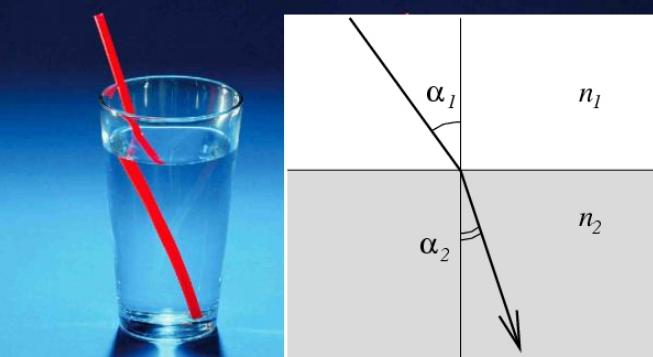
What is the phenomenon of light refraction
Almost everyone is familiar with this phenomenon, as it is widely encountered in everyday life. For example, if you look at the bottom of a reservoir of transparent water, it always seems closer than it really is. Distortion can be seen in aquariums, this option is familiar to almost everyone. But to understand the issue, we need to consider a few important aspects.
Reasons for refraction
The characteristics of the different media through which light passes are decisive here. Their density is often different, so light propagates at different speeds. This has a direct effect on its properties.
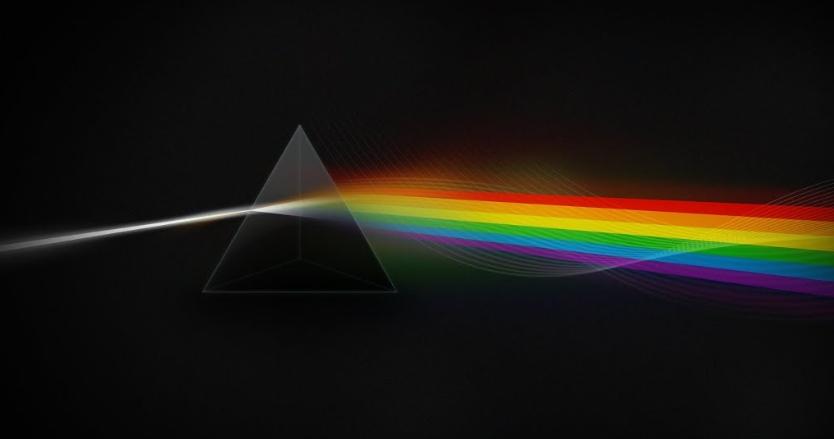
As it passes from one medium to another (at the point where they connect), the light changes its direction because of differences in density and other features. The deviation can be different, the greater the difference in the characteristics of the media, the greater the distortion is formed in the end.
By the way! When light is refracted, part of it is always reflected.
Examples from life
Examples of the phenomenon in question can be found almost everywhere, so everyone can see how refraction affects the perception of objects. The most characteristic variants are as follows:
- If you place a spoon or a tube in a glass of water, you can see how visually the object ceases to be straight and deviates, starting from the boundary of the two media. This optical illusion is used as an example most often.
- In hot weather, there is often a puddle effect on asphalt. This is due to the fact that in the place of a sharp temperature difference (near the ground itself), the rays are refracted so that the eyes see a slight reflection of the sky.
- Mirages also appear as a result of refraction. Here everything is more complicated, but this phenomenon is found not only in the desert, but also in the mountains and even in the middle belt. Another option is when you can see objects that are behind the horizon line.A mirage is one of the wonders of nature, which occurs precisely because of the refraction of light.
- The principles of refraction are also used in many objects used in everyday life: eyeglasses, magnifying glass, door peepholes, projectors and slide viewers, binoculars, and more.
- Many types of scientific equipment work by applying the law in question. These include microscopes, telescopes, and other sophisticated optical instruments.
What is the angle of refraction
The angle of refraction is the angle that is formed due to the phenomenon of refraction at the junction of two transparent media with different properties of light permeability. It is determined from a perpendicular line drawn to the refracted plane.
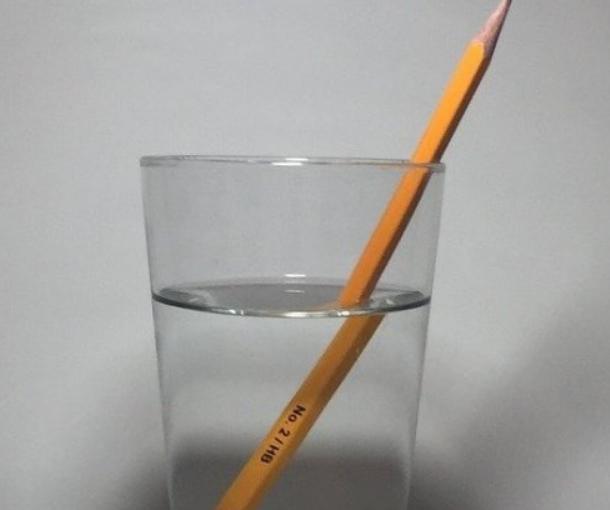
This phenomenon is caused by two laws - conservation of energy and conservation of momentum. As the properties of the medium change, the speed of the wave inevitably changes, but its frequency remains the same.
What does the angle of refraction depend on?
The index can vary and depends primarily on the characteristics of the two media through which light passes. The greater the difference between them, the greater the visual deflection.
Also, the angle depends on the wavelength of the emitted waves. As this parameter changes, so does the deviation. In some media the frequency of electromagnetic waves has a great influence as well, but this variant is not always found.
In optically anisotropic substances, the angle is influenced by the polarization of light and its direction.
Types of refraction
The most common is the usual refraction of light, when due to the different characteristics of the medium to a greater or lesser extent you can observe the effect of distortion. But there are other varieties that appear in parallel or can be seen as a separate phenomenon.
When a vertically polarized wave hits the boundary of two media at a certain angle (called the Brewster angle), you can see a complete refraction. In this case there will be no reflected wave at all.
Complete internal reflection can be observed only when the radiation passes from a medium with a higher refractive index to a less dense medium. In this case it turns out that the angle of refraction is greater than the angle of incidence. That is, there is an inverse relationship. And, as the angle increases, once it reaches certain values, the index becomes equal to 90 degrees.

If you increase the value even more, then the beam will be reflected from the boundary of the two substances without passing into the other medium. It is this phenomenon that is called total internal reflection.
Here we need an explanation concerning the calculation of the indicators, because the formula is different from the standard one. In this case it will look like this:
sin apr=n21
This phenomenon made it possible to create optical fiber, a material that can transmit huge amounts of information over an unlimited distance at a speed inaccessible to other options. Unlike a mirror, in this case, reflection occurs without energy loss even with multiple reflections.
Optical fiber has a simple structure:
- The light-transmitting core is made of plastic or glass. The larger its cross-section, the larger volumes of information can be transmitted.
- The sheath is necessary to reflect the light flux in the core so that it spreads only through it. It is important that at the point of entry into the light guide the beam falls at an angle greater than the limit, then it will be reflected without loss of energy.
- The protective insulation prevents damage to the optical fiber and protects it from adverse influences. Thanks to this part, the cable can also be laid underground.

How the law of refraction was discovered
This discovery was made by by Willebrord Snellius., a Dutch mathematician, in 1621. After a series of experiments, he was able to formulate the basic aspects, which have remained virtually unchanged to this day. It was he who first noted the constancy of the ratio of the sines of the angles of incidence and reflection.
The first publication with the material of the discovery was made by the French scientist René Descartes.. At the same time, experts differ in opinion, some believe that he used the materials of Snellius, and some are sure that he independently rediscovered it.
Definition and formula for the refractive index
The incident and refracted rays, as well as the perpendicular passing through the junction of the two media, are within the same plane. The sine of the angle of incidence with respect to the sine of the angle of refraction is a constant value. This is what the definition sounds like, which may differ in presentation, but the meaning is always the same. The graphic explanation and formula are shown in the picture below.
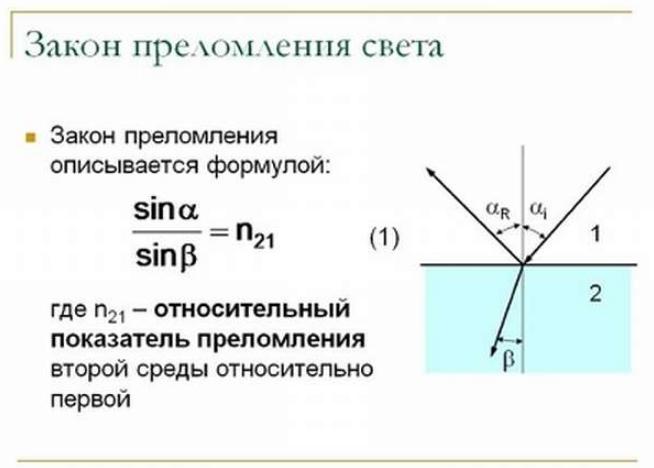
It is worth noting that the indices of refraction do not have any units of measurement. At one time, when studying the physical foundations of the phenomenon in question, two scientists at once - Christian Huygens... of Holland and Pierre Fermat of France reached the same conclusion. According to him, the sine of incidence and the sine of refraction are equal to the ratio of velocities in the media through which the waves pass. If light passes through one medium faster than the other, it is optically less dense.
By the way! The speed of light in a vacuum is higher than in any other substance.
The physical meaning of Snellius' Law
When light passes from a vacuum into any other substance, it inevitably interacts with its molecules. The higher the optical density of the medium, the more light interacts with the atoms and the lower the speed of its propagation, and the higher the density, the higher the refractive index.
Absolute refraction is denoted by the letter n and allows us to understand how the speed of light changes when moving from vacuum to some medium.
Relative refraction (n21) shows the parameters of the change in the speed of light when moving from one medium to another.
The video explains the law from 8th grade physics very simply with graphics and animation.
Scope of the law in technology
A long time has passed since the discovery of the phenomenon and practical research. The results helped to develop and implement a large number of devices used in different industries, it is worth taking apart the most common examples:
- Ophthalmic equipment. Allows to conduct a variety of studies and identify pathologies.
- Devices for the study of the stomach and internal organs. You can get a clear image without introducing a camera, which greatly simplifies and speeds up the process.
- Telescopes and other astronomical equipment, thanks to refraction, allow you to obtain images that are not visible to the naked eye.The refraction of light in the lenses of telescopes allows light to be collected in focus, ensuring high precision of research.
- Binoculars and similar instruments also operate based on the principles described above. This also includes microscopes.
- Photo and video equipment, more precisely its optics use refraction of light.
- Fiber-optic lines that transmit large amounts of information over any distance.
Video lesson: Conclusion on the law of refraction of light.
The refraction of light is a phenomenon that is caused by the characteristics of different media. It can be observed at the point where they are combined, the angle of deflection depends on the difference between the substances. This feature is widely used in modern science and technology.
